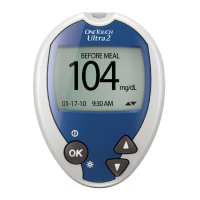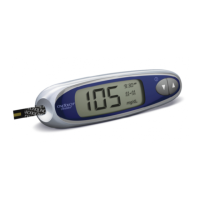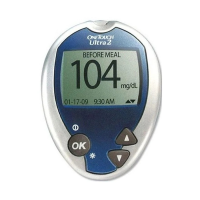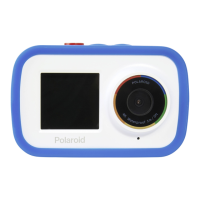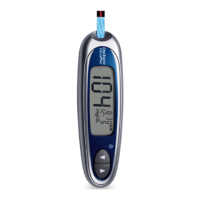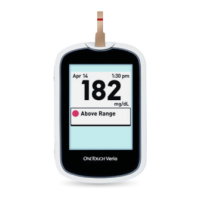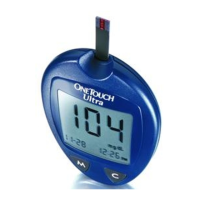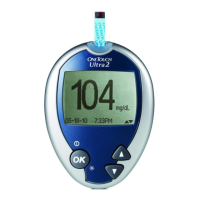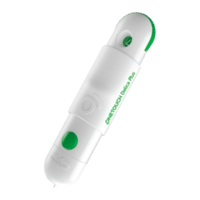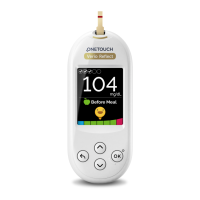Do you have a question about the OneTouch UltraEasy and is the answer not in the manual?
Explains the general caution symbol used in the booklet.
Identifies symbols for serial number and lot number.
Indicates the symbol for the expiration date of supplies.
Introduces the parts of the OneTouch UltraEasy meter and test strip.
Guides users through setting the correct time and date on the meter.
Explains the importance of matching the meter code to test strips.
Details inserting a test strip and matching meter/strip codes.
Covers lancing device overview and choosing sampling sites.
Step-by-step process for obtaining a blood sample from the fingertip.
Instructions for obtaining blood samples from forearm or palm.
Instructions on how to apply blood to the test strip correctly.
Explains how to interpret the glucose level displayed on the meter.
Guidance on what to do if test results are abnormal or unexpected.
Guidelines for proper storage and cleaning of the meter and supplies.
Information on the meter's battery and how to replace it.
Explains common error codes (Er1-Er5) and their meanings.
Interprets "LO" and "HI" messages and advises on actions.
Compares meter readings to laboratory test results, noting differences.
Lists technical details, operating ranges, and safety standards.
Explains the general caution symbol used in the booklet.
Identifies symbols for serial number and lot number.
Indicates the symbol for the expiration date of supplies.
Introduces the parts of the OneTouch UltraEasy meter and test strip.
Guides users through setting the correct time and date on the meter.
Explains the importance of matching the meter code to test strips.
Details inserting a test strip and matching meter/strip codes.
Covers lancing device overview and choosing sampling sites.
Step-by-step process for obtaining a blood sample from the fingertip.
Instructions for obtaining blood samples from forearm or palm.
Instructions on how to apply blood to the test strip correctly.
Explains how to interpret the glucose level displayed on the meter.
Guidance on what to do if test results are abnormal or unexpected.
Guidelines for proper storage and cleaning of the meter and supplies.
Information on the meter's battery and how to replace it.
Explains common error codes (Er1-Er5) and their meanings.
Interprets "LO" and "HI" messages and advises on actions.
Compares meter readings to laboratory test results, noting differences.
Lists technical details, operating ranges, and safety standards.
| Display | LCD |
|---|---|
| Memory | 500 test results with date and time |
| Test Time | 5 seconds |
| Sample Size | 1 microliter |
| Measurement Range | 20-600 mg/dL |
| Dimensions | 4.0" H x 2.0" W x 0.7" D |
| Weight | 1.4 oz (with battery) |
| Battery | CR2032 |
